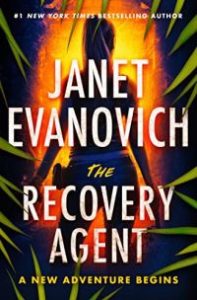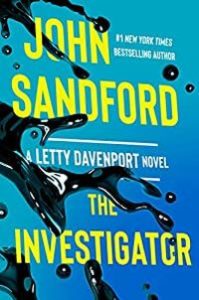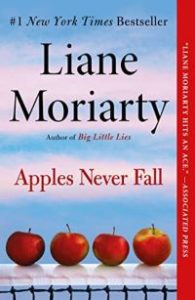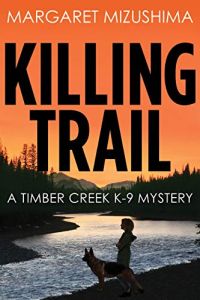Six Mystery/Thrillers that Take You Places
My reading over the last few weeks has taken me to a lot of different locations. I spent some quality time in Colorado before a brief stop in Washington, DC led me to Texas. Then I made a mad dash through Peru, Costa Rica and the Caribbean. My next stop was North Carolina before a stay in Sydney, Australia.
In some places I caught up with familiar characters, in others I got to know ones I’ve met briefly before, and for a few I was able to meet new personas.
Margaret Mizushima took me to Colorado in her Timber Creek K-9 mystery series. This series was recommended to me by a fellow mystery reader who thought I would like it (Thank you, I do!). Mattie Cobb and K-9 partner, Robo, are introduced in Killing Trail. Robo was bought for the sheriff’s department to help with a growing drug problem in Timber Creek. On the pair’s first assignment he proves his skill goes beyond drug detection when he discovers the body of teen. This series has a lot going for it with good character development, a complex heroine with a troubled past, a mountainous setting, and most importantly the relationship between Mattie and Robo and how they work together. I’ll be back in Colorado again soon.
Lucas Davenport in the Prey series by John Sandford is one of my favorite characters. His adopted daughter, Letty, was introduced in Naked Prey and is mentioned or makes brief appearances in most of the succeeding Prey novels. In The Investigator she takes the lead. The 24-year old Stanford grad is talked out of leaving a boring job by her boss, Senator Colles. His plan is to make her a researcher with her first assignment to work with Homeland Security to find who is stealing oil and for what purpose. Joined by DHS agent John Kaiser they leave DC for a brief stop in Oklahoma before the trial leads them to Texas. This is Sandford at his best as Letty and John piece together clues and follow the oil and the money. With plenty of action and smart dialog this one was hard to put down.
The Recovery Agent features Gabriela Rose, Janet Evanovich’s new heroine. First introduced in a Stephanie Plum novel, Gabriela has mad skills and uses them to locate items and investigate fraud for insurance companies and private clients. However her current case is for family. Grandma is convinced Gabriela is a descendant of Blackbeard and they possess a map that will take them to the Ring of Solomon. If she can find it, they can save their hurricane ravaged town. The map however is in the home of her ex-husband, Rafer, who insists on being part of the quest. This novel is pure entertainment as the adventure goes from Peru and Costa Rica to the Caribbean then New York City and back to South America. It has a truly creepy bad guy and funny sidekicks. Though divorced there is still a spark between Gabriela and Rafer with plenty of witty banter. If you are an Evanovich fan, you don’t want to miss this one.
After all that excitement I settled in to catch up with the ladies in the Secret, Book & Scone Society. Nora’s book store in Miracle Springs, NC is the gathering place for the 4 friends-Nora, June, Hester and Estella. In this 5th book in the series, Vanishing Type, three of them are helping Hester’s beau plan a romantic scenario for proposing. But Hester has a secret and before she can share it an unidentified man is found dead with an old book is his pocket. Then a book in the same series shows up in Hester’s bakery and Nora finds another in a box in her storeroom. What is the significance of the series of books? Is Hester in danger? Despite the intrigue I felt like I was catching up with old friends. Their lives are evolving with each new book in the series.
Apples Never Fall by Liane Moriarty is a book I checked out because it was recommended to me by a friend. After 20 pages I thought why did she think I’d like this? After a few more I was hooked. The Delaneys of Sydney Australia were a tennis family. Stan and Joy ran a successful academy and all 4 of their children were gifted players. Now they play recreationally or not at all but tennis still seems to dominate their lives. The story is told in the present where Joy is missing and in the past when a young woman, Savannah, shows up at Stan and Joy’s home needing help. In the present the police and even his children believe Stan is responsible for Joy’s disappearance. He feels guilty about something and he’s not talking. In the past, where Savannah seems to take up permanent residence in their home, is where it starts to unravel. The urgency of Joy’s disappearance is dimmed because she is so often seen in the past. But this book is about so much more than the mystery of what happened to Joy. It’s about family, how the past shapes the present and how the smallest things can make all the difference. Hint: keep this book in mind for the Summer Reading Program starting on May 31st. This title will work for one the adult challenges.






